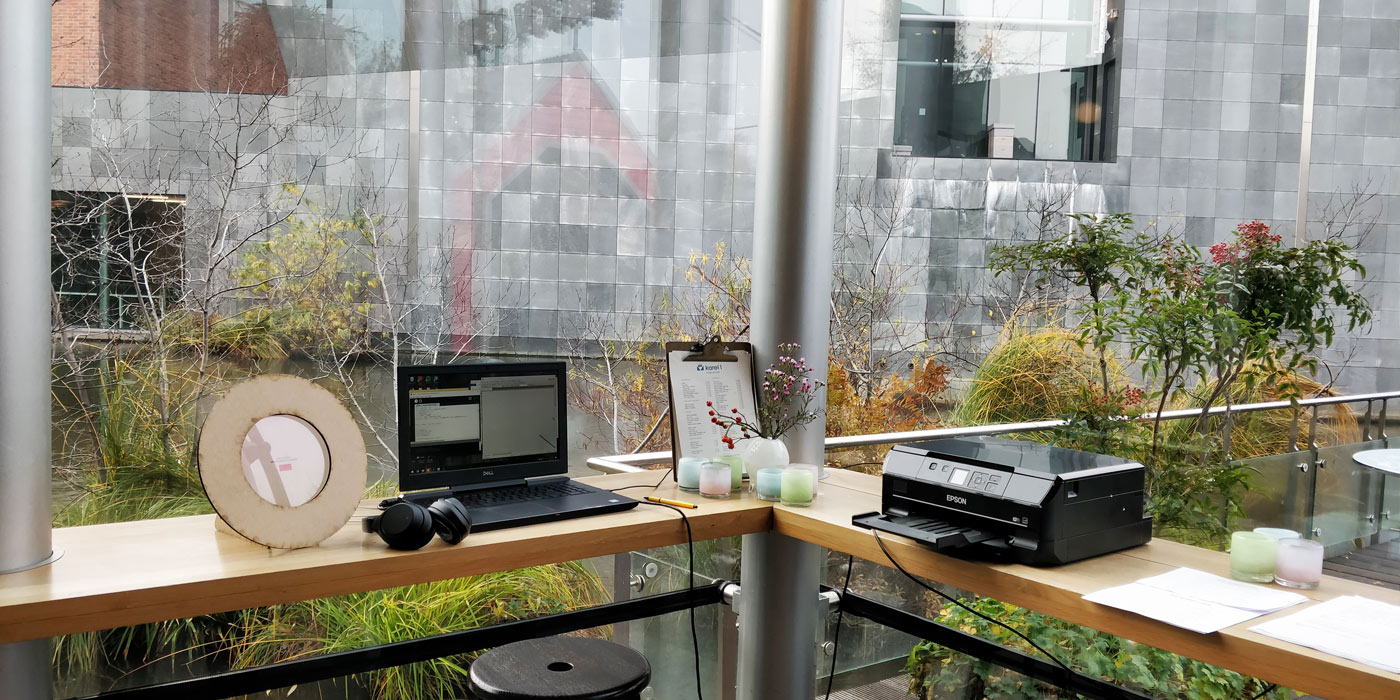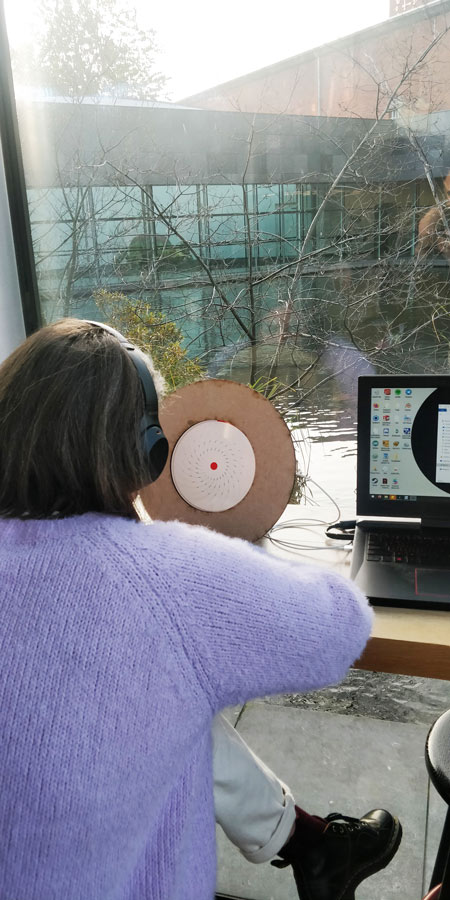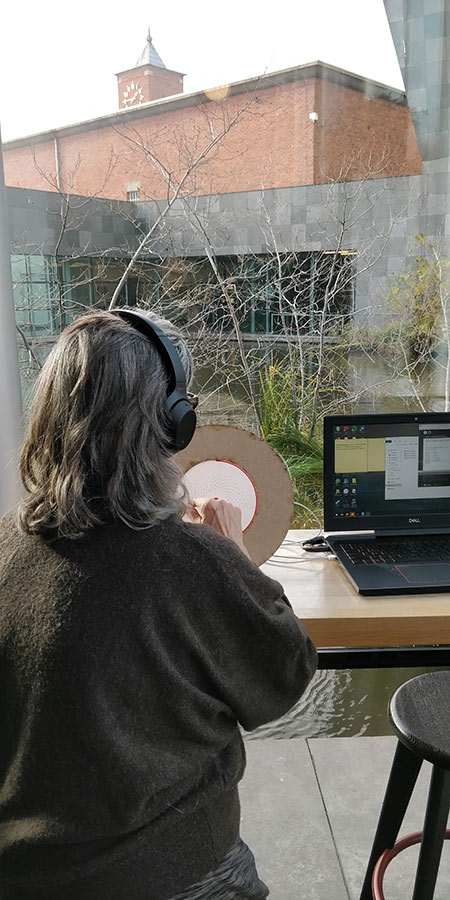This project paper is accepted in TEI 2021
I am happy to announce that this project was recognized and its paper is approved for the TEI 2021 conference!
Are you sure that your hearing is perfect?
Hearing degenerates so slowly people do not notice having any issues with their hearing or they are missing some sounds out of their lives. It extends to the point that even a quarter of people thinks their hearing is good or excellent, while the test results show signs of hearing damage. Unidentified hearing loss can lead to social withdrawal, poor relationships with close ones and even depression. To prevent these issues it is important to have early identification of hearing loss. Nonetheless, if people are not aware that they have hearing problems, they are not going to have their hearing tested.
Why it is so hard to accept hearing loss?
Even if people are aware of their hearing issues, they are not seeking help or denies the problem. Therefore, it takes around 10 years for people to recognize and accept that they have hearing problems, and get hearing aid or assistive listening devices. Consequently, with older age it is more complicated for people to use and take care of the hearing device, thus 30 percent of people who has amplification device are not using it Elderly minimize the hearing loss problem as a part of getting old and does not try to seek help to fix it. In addition, people tend to push their hearing difficulties to external factors, saying that people are not talking clearly or background is always too noisy.
The research
This research will look what kind of design aspects for early identification of hearing loss can improve people’s awareness and encouragement of seeking help. The main points are these:
- If a test as a public installation can help more for the early diagnostics.
- Can the souvenir after the test become a reminder to seek for the hearing help.
- If the sounds of nature can be used in audiometry test.
- If comparing the results with spouse (or other person) can influence seeking help behaviour.

Design - Interactive hearing test for public spaces
The prototypes’ interaction is divided into three parts - conducting the test, showing the test results and displaying what kind of sounds a person might hear or not in his life. If people are not aware of their hearing problems they will never decide to test their hearing. So if people are not coming to hearing test, why don't we make hearing test that comes to the people? Many art installations consist of sounds or videos and hearing them can be a crucial part to understand their meanings. A museum could provide some simple hearing diagnostic tools to check if the hearing is good enough to have the full experience of the exhibition, as well to provide simple hearing screening.
Design - Nature sounds instead of *beeps*
The test is based on an audiometry hearing test. It checks users hearing in the interval from 250 Hz to 8000 Hz but instead of playing pure-pitch sounds, nature sounds are used. For each pitch, different nature sounds are selected and small intervals of frequency are extracted. For example, in order to prepare sound for the 1000 Hz pitch test, the sample of 980-1020 Hz is obtained from the sound recording. This choise was made to create more pleasing test experience for the users.

Design - Animated experience
Installations that are large, sound-emitting or moving attract more visitors and hold longer attention. The prototype has multiple moving graphic design elements and illustrations, animations and nature sound to become more attractive for the visitor. In addition, slowly moving and unobstrusive ornament calms down the user and helps to focus.
Design - What sounds are you might be missing in your life?
Continuing after the results, the new part of the interaction starts where the user can see what kind of sounds he/she might be missing from life. Hearing degenerates so slowly, that a person might not notice that he/she is not hearing specific sounds. This part is made as reflection-on-action for people to think about their own hearing and surrounding sounds which can lead to behavior change and seeking help.
Design - Hearing data visualization as a souvenir
The souvenir has a purpose to remind people of their hearing levels. As a study shows, keeping physical reminders is an important factor in keeping or acting to reach goals. The printed souvenir version was chosen because tangible products produce deeper engagement. Printed material compared with digital product increase stronger emotional response and evoke a deeper connection with personal thoughts and emotions

User experience study in the contemporary art museum
The user experience study was performed at the public space - art museum. At the beginning the participants were asked to fill in a questionnaire that asks for age, gender and if the participant has a good hearing. Subsequently, people used the prototype and performed the hearing test. At the end of the test, the souvenir is printed and people are asked to look at the final stage of the prototype - sounds that the participant might be missing in their life.




Research project results
If you are interested in the final results of the research and what user thinks about the design, please read full research paper here ↓.
To see next project, scroll down more or press a button:

